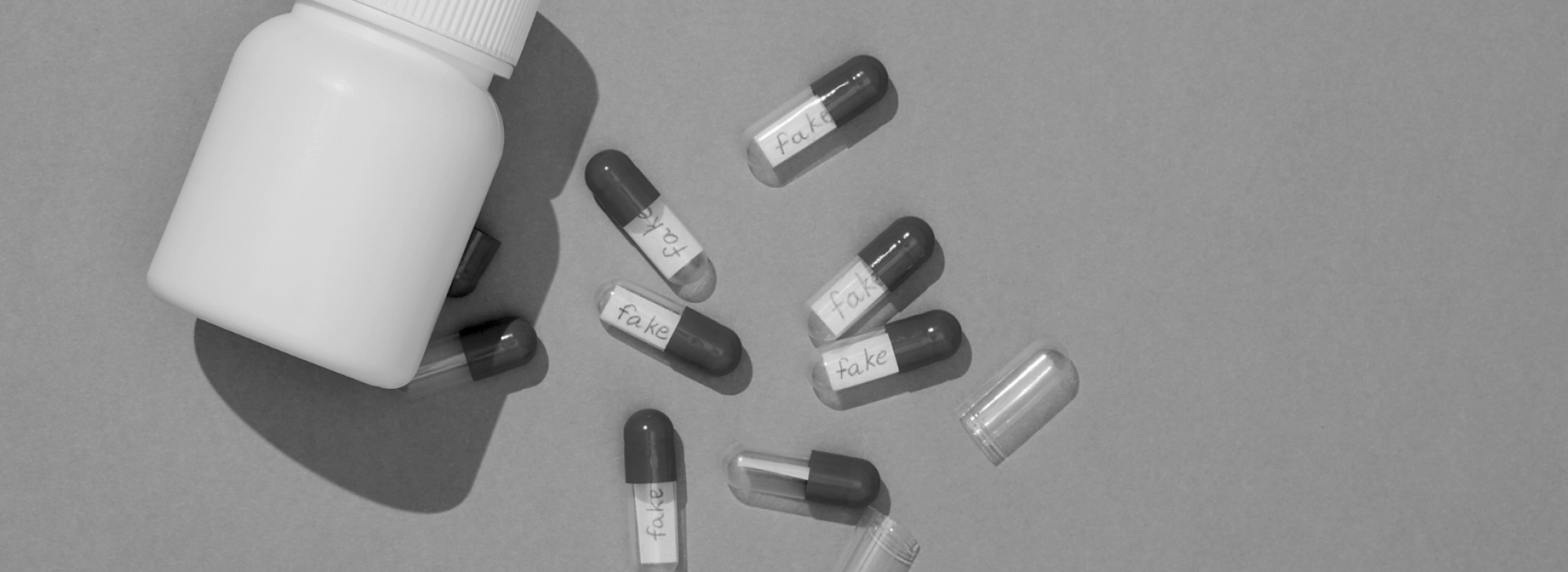We had the privilege of sitting down with Tuomas Kannas, Co-Founder & Senior Vice President of TrueMed, who also represents the Finnish Anti-Counterfeiting Group (FACG) on the board of the Global Anti-Counterfeiting Group (GACG).
Tuomas, could you start by telling us a bit about what the GACG is and its primary objectives?
Tuomas Kannas: Certainly. The Global Anti-Counterfeiting Group, or GACG for short, is an international network of national and regional IP protection and enforcement organizations covering more than 50 countries. Our members consist of nonprofit associations of IP rights holders and their representatives. The primary objectives of GACG revolve around three key areas:
- Coordinating International Activities: GACG’s goal is to align the efforts of its members, especially concerning interactions with international governmental organizations.
- Producing Research and Reports: We are dedicated to generating comprehensive research and reports that shed light on the international dimensions of counterfeit trade, creating public awareness.
- Exchanging Best Practices: GACG fosters the exchange of best practices among its members, aiding in the establishment of national and other anti-counterfeiting groups.
How does the GACG measure the success or impact of your anti-counterfeiting efforts?
Tuomas Kannas: We have several criteria to gauge the success or impact of our anti-counterfeiting initiatives: The visibility of our joint campaigns, reports, and initiatives is a clear indicator of engagement and effectiveness. Input from member organizations and external stakeholders provides insights into the effectiveness of our efforts. We also consider the influence and effect of legislative changes or reports in question as important metrics of success.
Over the years, how do you believe the landscape of counterfeiting and intellectual property rights enforcement has changed?
Tuomas Kannas: The landscape has certainly evolved. Priorities have shifted, and collaboration between public and private entities has become more robust and official. There’s also a heightened understanding of the complexity of counterfeiting issues across different countries and sectors of society.
Could you tell us how the Global Anti-Counterfeiting Group collaborates with other international organizations, national governments, and private corporations in its anti-counterfeiting initiatives?
Tuomas Kannas: GACG collaborates with various international organizations, national governments, and private corporations by sharing our expertise, providing consultation, and offering statements and recommendations for international initiatives and stakeholders.
Given the varying legal structures and enforcement capabilities among different countries, what strategies does your organization use to effectively enforce IPR internationally?
Tuomas Kannas: It’s important to clarify that GACG doesn’t enforce; rather, it’s the member organizations’ right holders and law enforcement agencies that carry out enforcement activities.
Looking forward, what emerging trends or potential challenges do you anticipate in the field of global anti-counterfeiting?
Tuomas Kannas: Counterfeiters are becoming more adept at creating sophisticated production, logistics, and sales capabilities. They quickly adapt to changes in demand, enforcement, and disruptions. Production is increasingly decentralized, happening in smaller and movable facilities, with a surge in digital sales platforms. In response, anti-counterfeiting efforts need to focus on consistent data, shared intelligence, stricter legislation, and coordinated operations both online and offline.
As a board member, what are your personal priorities or areas of focus for the group?
Tuomas Kannas: My personal priorities include fostering more coordinated actions and continuous communication between GACG members. I aim for broader international visibility and tangible results in our anti-counterfeiting efforts.
How does your group plan to increase awareness about the importance of anti-counterfeiting measures among the public and businesses?
Tuomas Kannas: We plan to achieve this by creating and sharing engaging campaigns, reports, and knowledge with relevant stakeholders and the media. It’s also important to mention that the passion our members have for the anti-counterfeiting cause itself plays a pivotal role in driving these efforts.
What kind of technological advancements are you exploring or planning to use to improve IPR enforcement?
Tuomas Kannas: GACG member organizations, their members, and key external stakeholders continually monitor and explore technological advancements in the IPR enforcement landscape. We aim to share this knowledge in the future to improve our collective efforts.
Finally, what programs or initiatives are you most excited about in the coming months or years?
Tuomas Kannas: I’m particularly excited about several upcoming programs, including EMPACT in Europe, the OECD illicit trade group, and programs conducted by the Department of Homeland Security (DHS) and Homeland Security Investigations (HSI). These initiatives hold significant promise in our ongoing battle against counterfeiting.
To learn more about the GACG visit: https://www.gacg.org/


